What is nuclear waste, and what do we do with it?
The electricity generated from nuclear reactors results in small amount of waste and has been managed responsibly since the dawn of civil nuclear power. There are several management strategies in practise, such as direct disposal or reuse in reactors to generate more low-carbon electricity.
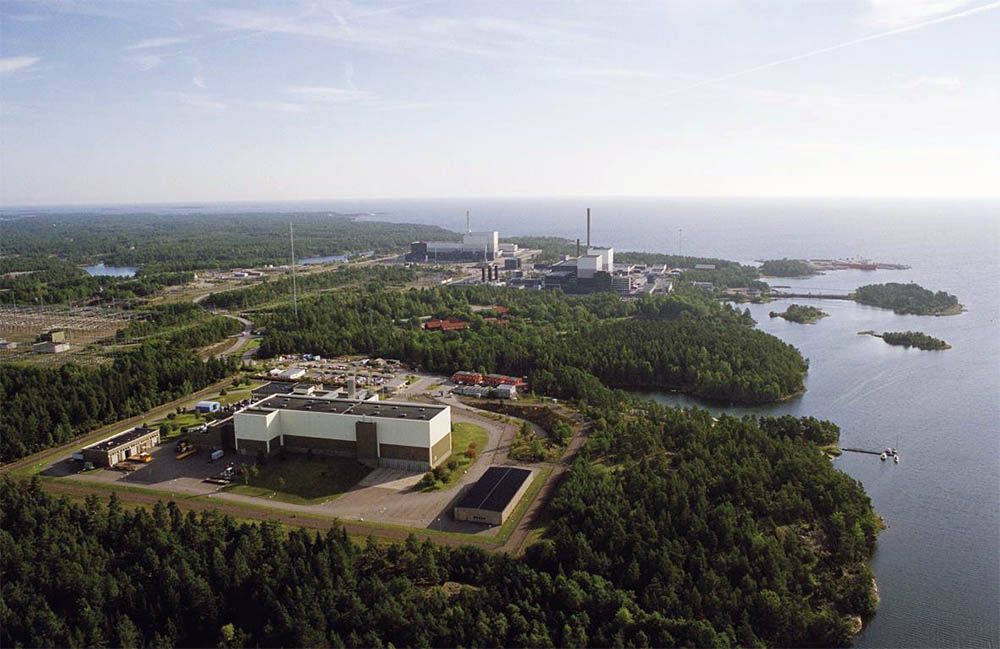
Near the Oskarshamn nuclear power plant in Sweden the CLAB (foreground) facility stores all the used fuel from Sweden’s nuclear power plants, which for decades have provided over 40% of the country's electricity (Image: SKB)
Like all industries and energy-producing technologies, the use of nuclear energy results in some waste products. There are three types of nuclear waste, classified according to their radioactivity: low-, intermediate-, and high-level. The vast majority of the waste (90% of total volume) is composed of only lightly-contaminated items, such as tools and work clothing, and contains only 1% of the total radioactivity. By contrast, high-level waste – mostly comprising used nuclear (sometimes referred to as spent) fuel that has been designated as waste from the nuclear reactions – accounts for just 3% of the total volume of waste, but contains 95% of the total radioactivity.
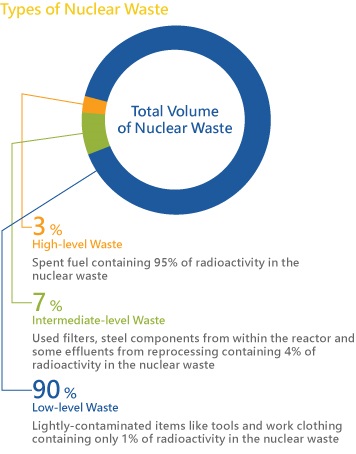
Unlike any other energy generating industry, the nuclear sector takes full responsibility for all of its waste. Many permanent disposal facilities are in operation for low- and intermediate-level waste, and facilities for high-level waste and used nuclear fuel are under implementation and facilities under construction.
Little waste is generated
Nuclear fuel is very energy dense, so very little of it is required to produce immense amounts of electricity – especially when compared to other energy sources. As a result, a correspondingly small amount of waste is produced. On average, the waste from a reactor supplying a person’s electricity needs for a year would be about the size of a brick. Only 5 grams of this is high-level waste – about the same weight as a sheet of paper.
The generation of electricity from a typical 1,000-megawatt nuclear power station, which would supply the needs of more than a million people, produces only three cubic metres of vitrified high-level waste per year, if the used fuel is recycled. In comparison, a 1,000-megawatt coal-fired power station produces approximately 300,000 tonnes of ash and more than 6 million tonnes of carbon dioxide, every year.
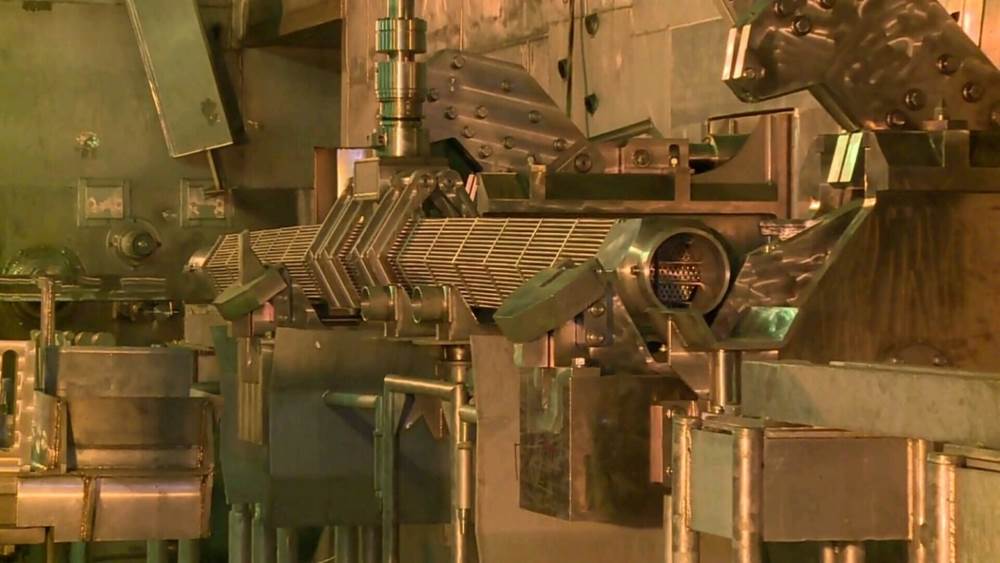
Used nuclear fuel being prepared for recycling (Image: Rosatom)
Perceived health risks
Since the dawn of the civil nuclear power industry, nuclear waste has never caused harm to people. The popular misconception is that because certain parts of nuclear waste remain radioactive for billions of years, then the threat must be sustained for that period. However, this is not the case. Whilst remaining weakly radioactive for a few hundred thousand years, the radioactivity from the main component of the waste which could cause health problems will have decayed to safe levels within a few hundred years.
A key factor in understanding why nuclear waste repositories do not pose a health threat also stems from the fact that the quantity of materials which would be found in the environment in the event of a leak would be very small. The amount of radioactive materials that would enter the environment would make no difference to the natural environment or future humans. After all, the environment we live in, as well as the human body, is naturally radioactive. Radiation is an unavoidable part of life on our planet, and life evolved and is thriving in this radioactive environment, and the doses from a nuclear waste repository would be almost 50 times smaller than the average background radiation.
If you want to read more about radiation and its health impacts, you can read more about it on our Radiation and Health pages.
Different options
Used nuclear fuel is kept in either wet or dry storage facilities, before being recycled or disposed of. When used fuel is taken out of a reactor, it is both hot and radioactive and requires storage in water to allow the fuel to cool. The fuel can be kept in wet storage, or transferred into a dry facility after a period of initial cooling. Keeping the used fuel in temporary storage to allow both the heat and radioactivity to diminish makes the recycling and disposal easier.
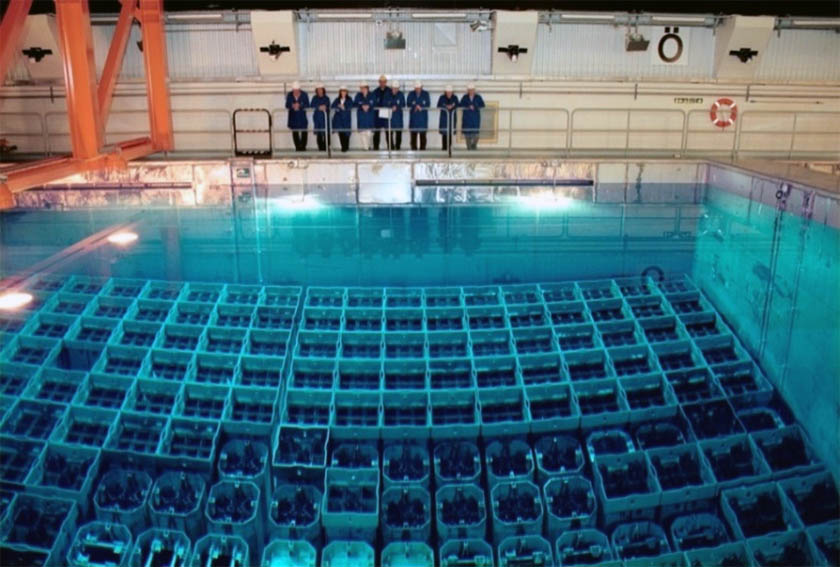
Cooling and storing used nuclear fuel assemblies in pools (Image: SKB)
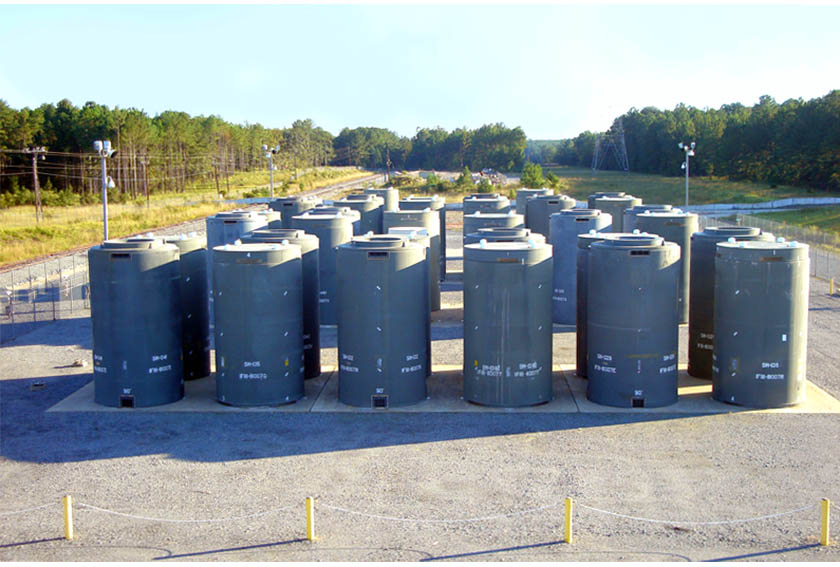
Used nuclear fuel in dry storage (Image: Holtec)
These are, however, not permanent storage solutions. Two main waste management strategies exist across the world: some countries have been recycling used nuclear fuel for decades; others have opted for direct disposal. This is fundamentally a strategic decision, taken at a national level and mainly driven by political and economic, as well as technological, considerations.
Recycling
Although some countries, most notably the USA, treat used nuclear fuel as waste, most of the material in used fuel can be recycled. Approximately 97% – the vast majority (~94%) being uranium – of it could be used as fuel in certain types of reactor. Recycling has, to date, mostly been focused on the extraction of plutonium and uranium, as these elements can be reused in conventional reactors. This separated plutonium and uranium can subsequently be mixed with fresh uranium and made into new fuel rods.
Countries such as France, Japan, Germany, Belgium and Russia have all used plutonium recycling to generate electricity, whilst also reducing the radiological footprint of their waste. Some of the by-products (approximately 4%), mainly the fission products, will still require disposal in a repository and are immobilized by mixing them with glass, through a process called vitrification.
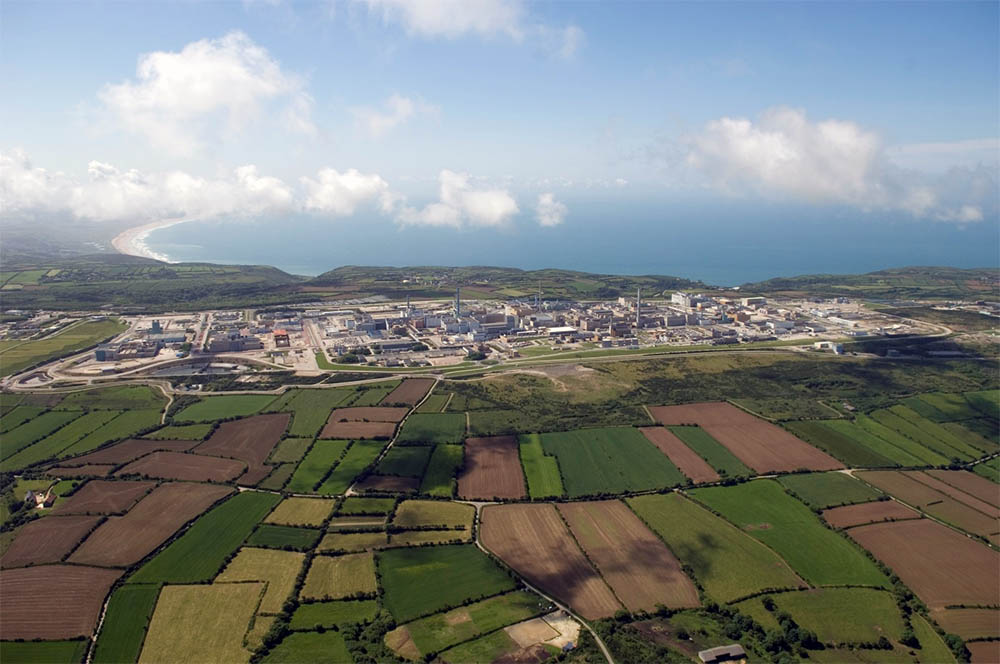
La Hague, France, has been recycling used nuclear fuel for decades (Image: Orano)
Direct disposal
Direct disposal is, as the name suggests, a management strategy where used nuclear fuel is designated as waste and disposed of in an underground repository, without any recycling. The used fuel is placed in canisters which, in turn, are placed in tunnels and subsequently sealed with rocks and clay. The waste from recycling – the so-called fission products – will also be placed in the repository.
Repositories are nearing completion in for instance Finland.
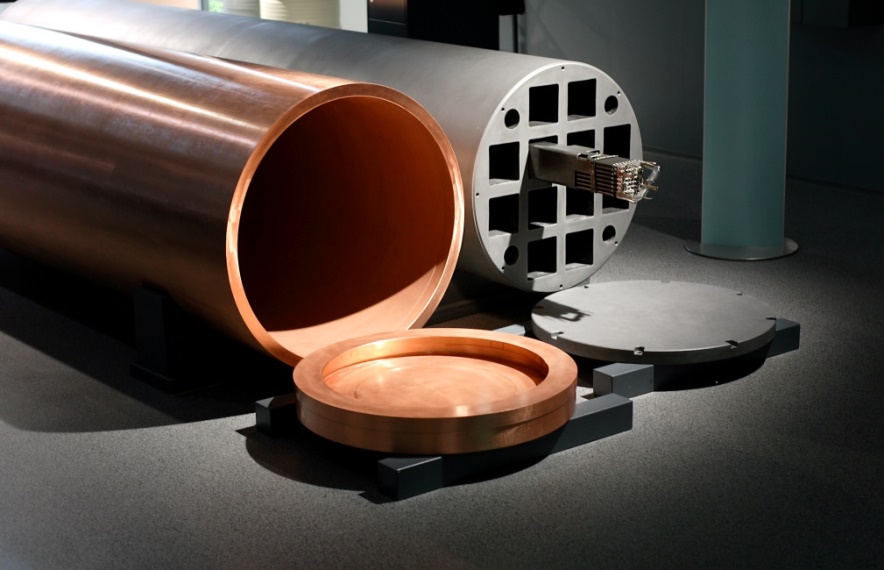
Used nuclear fuel is put in canisters such as these before being placed in a respository (Image: SKB)